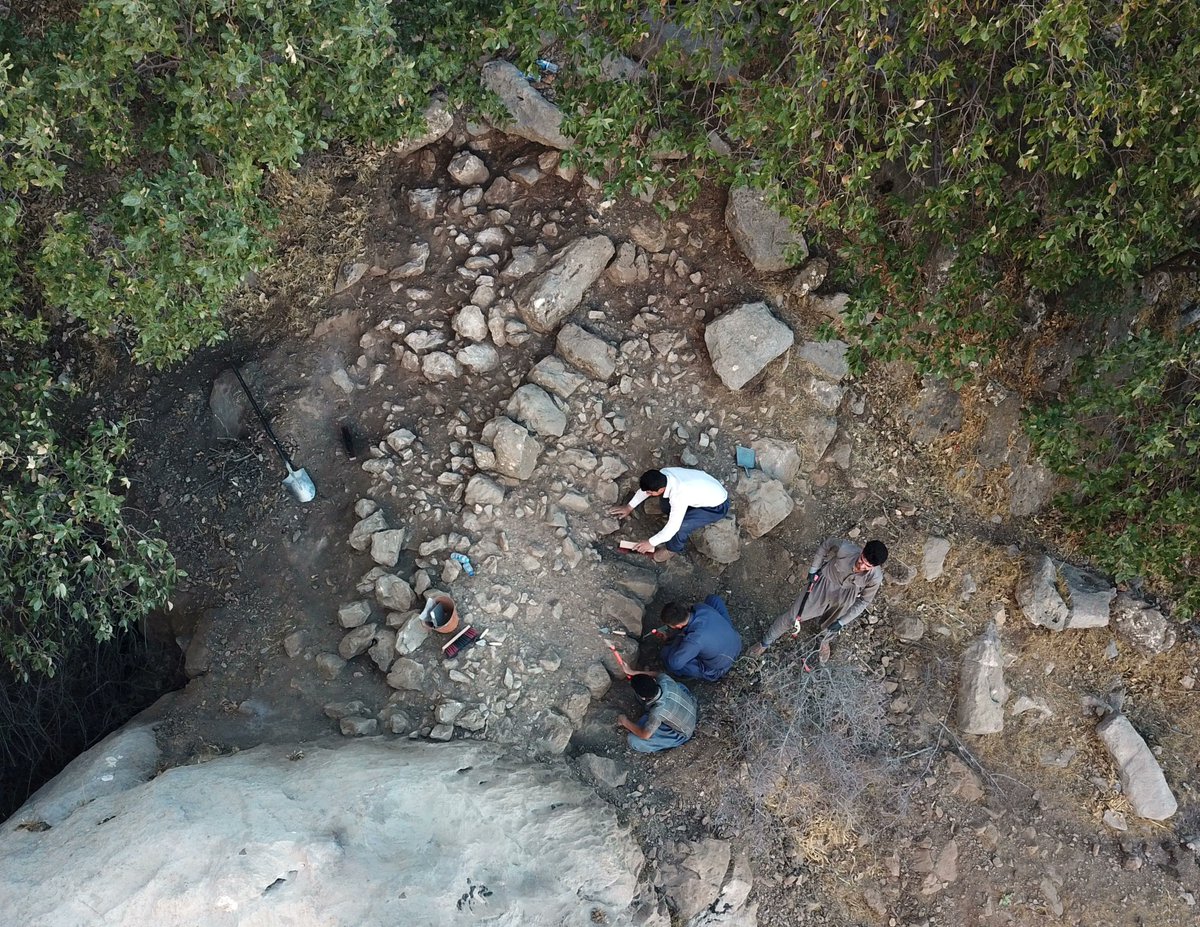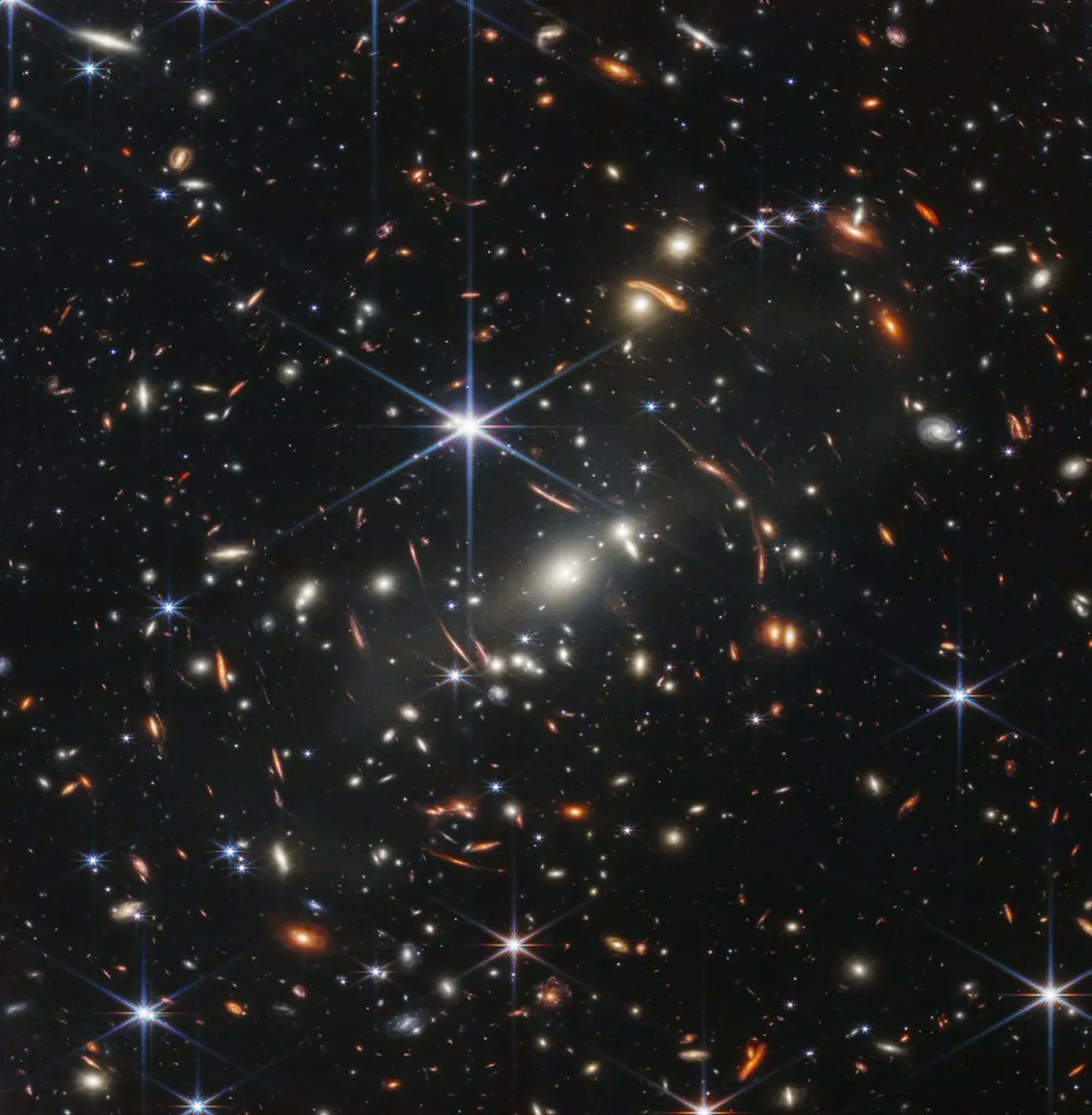
This is an entire wooden tomb, from ~583 BC, being removed as a single 80-tonne block. #TombTuesday 

The tomb was buried in waterlogged soil, so it was exceptionally well preserved. The large wooden structure was 4.6 × 3.8m.
📷: Composite image of the tomb. Labels mark wood type and radiocarbon dates obtained from the wood.
📷: Composite image of the tomb. Labels mark wood type and radiocarbon dates obtained from the wood.

Inside was a female buried with an impressive collection of grave goods made from gold, jet, and amber.
A probable male was also found but had a much simpler set of jewellery - only a few bronze pieces.
📷: Golden earing, likely from the female's grave goods.
A probable male was also found but had a much simpler set of jewellery - only a few bronze pieces.
📷: Golden earing, likely from the female's grave goods.

Find out more in the original research, it's 🆓:
The ‘Keltenblock’ project: discovery and excavation of a rich Hallstatt grave at the Heuneburg, Germany - Dirk Krausse et al.
doi.org/10.15184/aqy.2…
📷: Boar tusk pendant from the grave
The ‘Keltenblock’ project: discovery and excavation of a rich Hallstatt grave at the Heuneburg, Germany - Dirk Krausse et al.
doi.org/10.15184/aqy.2…
📷: Boar tusk pendant from the grave

• • •
Missing some Tweet in this thread? You can try to
force a refresh





















